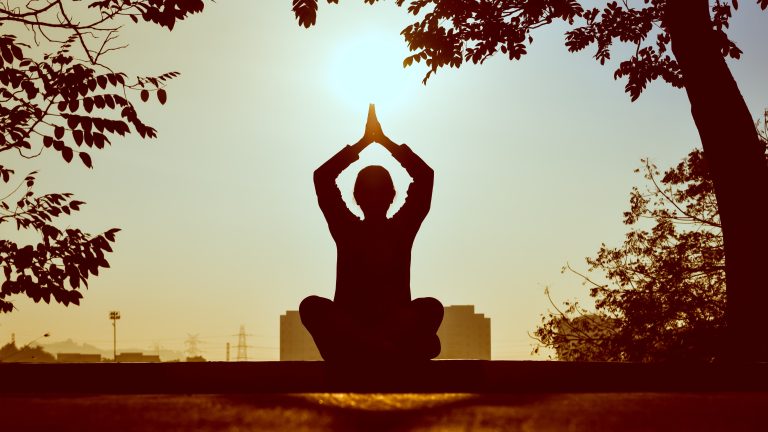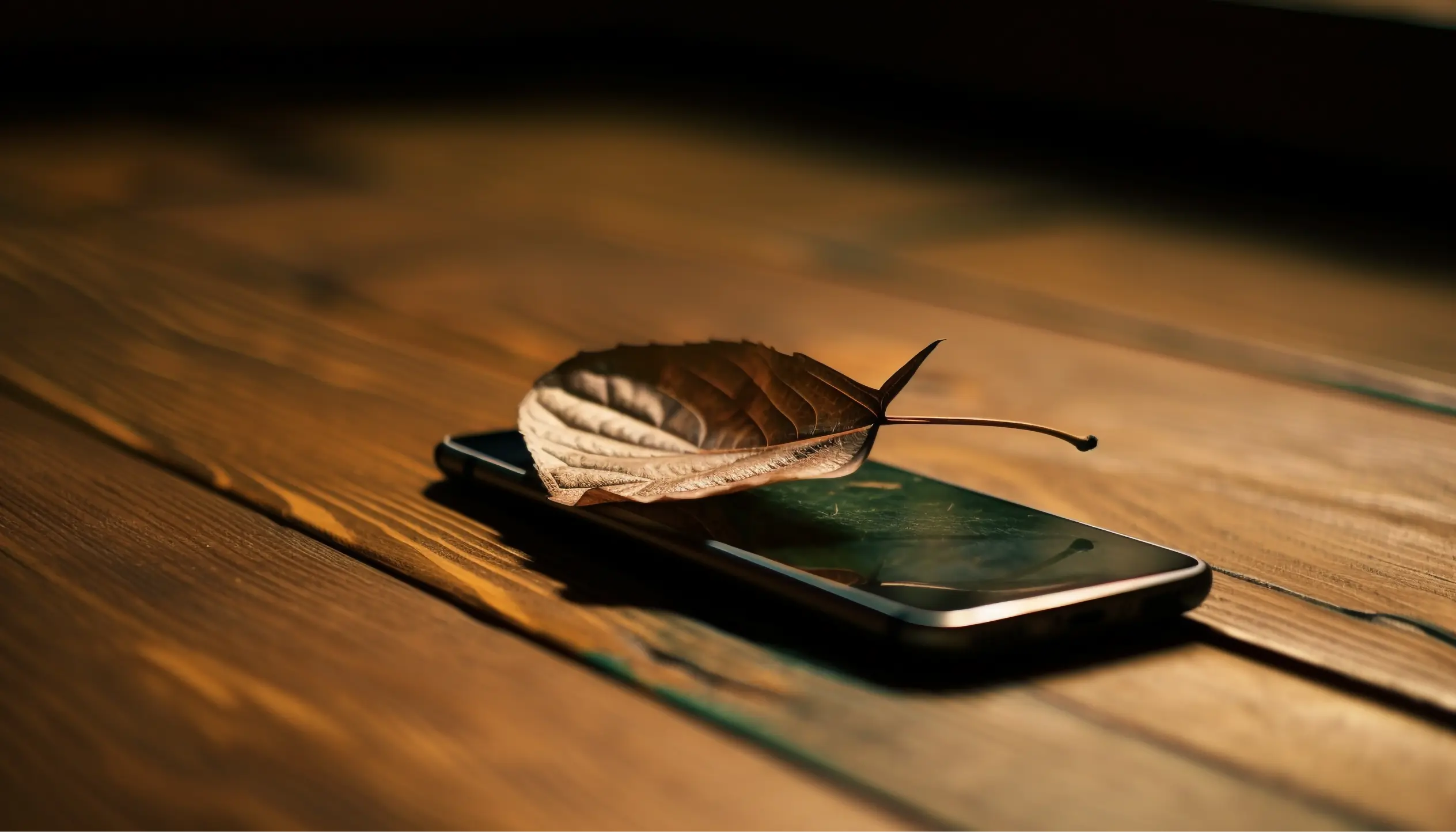Mindfulness: the buzzword that is everywhere!
In a time when stress, anxiety and Life go hand-in-hand, mindfulness is all we need to bring about peace and balance in our lives. This powerful mental practice that originated over 2500 years ago in Buddhism is now quickly becoming a global phenomenon – and rightly so! By engaging in mindfulness, you can transform your approach towards your thoughts, feelings, and experiences. It can help improve your mental health and resilience. If you too wish to harness the power of mindfulness but are confused about how to begin – this article is the best place to start!
In this read, we’ll delve into how to practice mindfulness meditation, how to use mindfulness for anxiety and ways to integrate it into your daily routine. Ready to cultivate a more mindful way of living? Let’s go!
How to Practice Mindfulness Meditation
While starting a new meditation practice may seem daunting, the benefits are worth the effort. It all begins with setting aside time to focus on the present moment. Here are six steps that you can follow to embark on your journey with mindfulness meditation:
- Step one is to find a place that is quiet and where you won’t be disturbed. You may sit on a chair or a cushion on the floor – whatever makes you comfortable.
- Keep your back straight but relaxed. Your hands can rest in your lap.
- Close your eyes or soften your gaze and pay attention to your breath. Observe your breathing as air flows in and out of your body.
- Notice your mind wandering? You may find that mentally thinking of the words “breathe in, breathe out” can help to stay focused.
- Practice the above steps for 10-20 minutes daily and gradually increase this duration as you feel comfortable.
- Lastly, try and approach mindfulness with curiosity and kindness. Remember, it’s not about achieving a particular state of mind but instead learning to be present with whatever arises at the moment.
Download the app today!
Now that you know how to start a mindfulness practice, here are some tips to make it more enjoyable and effective:
1. Start with a few minutes a day
When starting, it’s essential to start small. Keep aside just a few minutes each day to practice meditation and slowly increase the time as you become more comfortable. Consistency is necessary for seeing the benefits of mindfulness meditation.
2. Try different positions
While the traditional cross-legged position may work for some, others may find it uncomfortable. Experiment with different seated positions to find the one that works best for you.
3. Try different mindfulness techniques
There are many different mindfulness techniques to explore, including guided meditation, meditation stories and sound bath meditation. These are easy, engaging, and highly recommended for beginners! Feel free to experiment with different meditation styles to find what works best for you.
4. Don’t judge your thoughts
When your mind wanders, rather than getting frustrated, gently bring your attention back to your breath. The goal is not to stop thinking but to become aware of your thoughts and emotions.
5. Be patient
It’s important to remember that mindfulness meditation is a process and that you may take time to see results. Don’t get discouraged or frustrated if your mind wanders during meditation. Trust the process. With regular practice, you’ll notice a greater sense of calm and clarity in your daily life.
How to practice Mindfulness for Anxiety
When it comes to anxiety, mindfulness can be particularly useful in managing its symptoms. In fact, mindfulness can even be used jointly with other forms of therapy, such as cognitive-behavioural therapy, to provide additional support for anxiety management.

Meet your Happiness Goals on Happily
Our Relevant Products
Feel Calm
Feel Motivated
Mindful Relationships
Personal Growth
Brtter Sleep
Slowing Down
and many more...
Here’s how you can use the art of mindfulness to manage anxiety:
1. Bring awareness to your body
Anxiety often shows up as physical sensations like tension or a racing heart. By tuning into your body and becoming more aware of everything going on inside and outside of you, you can recognize the signs of anxiety and respond more compassionately.
2. Practice deep breathing
Slow, intentional breathing can activate the body’s relaxation response, counteracting the physiological effects of anxiety.
3. Focus on the present moment
Often fueled by worries about the future or regrets about the past, anxiety can grip us anytime and anywhere. By bringing your attention to the present moment, you can interrupt this cycle and reduce feelings of stress and anxiety.
4. Cultivate self-compassion
Anxiety can be a difficult and painful experience, but it’s important to remember that you are not alone. Try to approach yourself with the same kindness and understanding you would offer to a friend. This allows you to cultivate a sense of inner peace and self-love.
How to practice Mindfulness throughout the day
One of the best things about mindfulness is that it can be practised anywhere, at any time. Whether you’re sitting at your desk, waiting in line at the grocery store, or taking a walk in nature, you can bring your attention to the present moment and practice mindfulness.
Here are some tips on how to practice mindfulness throughout the day:
1. Start Your Day with Mindfulness
Instead of rushing through your morning routine, take a few minutes to begin your day with mindfulness. Before you get out of bed, take a few deep breaths and set an intention for the day. As you shower and get dressed, focus on the sensations of the water and the fabric against your skin. Take a few moments to savour your breakfast, paying attention to the flavours and textures of your food.
2. Practice Mindful Listening
When in conversation with someone, listen to understand them and not just respond. Focus on the person’s words, voice and body language. By practising mindful listening, you’ll not only improve your relationships, but you’ll also cultivate a sense of empathy and understanding.
3. Mindful Eating
At some point, we have all engaged in mindless eating while watching TV or scrolling through our phones. But by practising mindful eating, you can turn mealtime into a meditative experience. Before you eat, take a moment to appreciate the appearance, smell, and taste of your food. Chew slowly and savour each bite, paying attention to the textures and flavours. It can help you feel more satisfied with your meal and reduce overeating.
4. Take Mindful Breaks
Instead of leaving mindfulness for a particular time of the day, treat yourself to mindfulness throughout the day in the form of short breaks. Close your eyes, breathe slowly and deeply, and observe your feelings. Are you tense or relaxed? Energized or tired? By taking mindful breaks, you can become more aware of your body and your emotions, and make adjustments as needed.
5. Unwind Mindfully
We’re all often guilty of ending a hectic work day by mindlessly scrolling through social media or binge-watching a TV show. We may consider this as taking a break, but truthfully, it’s far from one. Unwinding mindfully is a way to end your day by letting go of distractions and paying attention to the present moment. The idea is to do so by engaging in an activity that you find enjoyable and relaxing – such as going for a walk, listening to music, lighting scented candles, or listening to an engaging unwinding story!
You see, mindfulness doesn’t have to be something you only practice during formal meditation sessions. By learning how to practise mindfulness in daily life, you can reap the benefits of reduced stress, improved focus, and greater happiness.
The Bottom Line
Mindfulness can help us lead happier, healthier, and more fulfilling lives. But practising it isn’t always easy. It takes time, effort, and commitment. However, with patience and persistence, we can develop this skill and reap the benefits that come with it. By incorporating mindfulness into your daily routine, you can create a sense of calm and clarity that will help you navigate life’s challenges with greater ease and resilience. After all, mindfulness is a skill that takes time and practice to develop, but the benefits can be profound.






